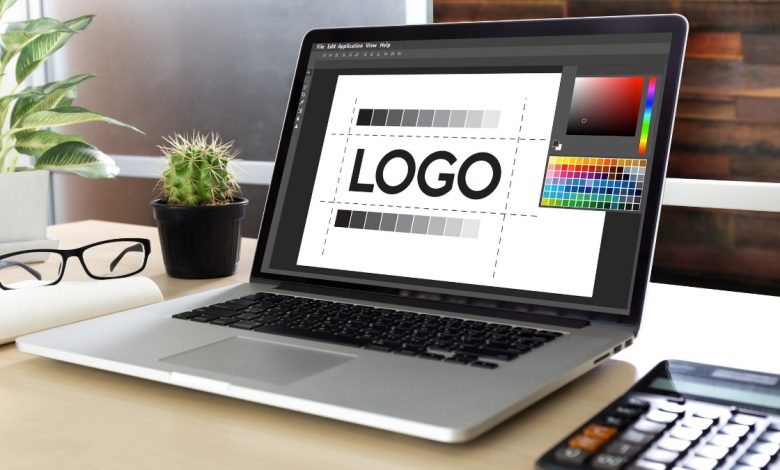Top tips for creating a small business logo

Logos represents a brand, its values and vision. Get some important tips and ideas to create a perfect logo for your small business.
Logos are essential for small businesses. If you want your brand to be recognizable and have a strong brand identity, having a professional logo is a must. Figures show that 50% of businesses now design their own logos. With this in mind, here are some tips for small business owners on how to build a great logo.
Picture vs. word
If you’re new to logo design, you will quickly discover that there are many types of logos to choose from. By looking at other brand’s logos, you will see that some use words or letters, whilst others prefer images and pictures.
So, which is best? To help you decide on the best option for your small business, here are the pros and cons of the three most commonly used logotypes.
1. Wordmarks
Wordmark logos use text to spell out the company name in a stylish way, usually using distinctive or interesting fonts to stand out and portray the brand message. This type of logo is popular with brands that have shorter names, such as eBay.
Pros:
- Instantly recognizable
- Always unique
- Easier to design
Cons:
- Can seem generic without an eye catching font
2. Letterform
A letterform logo uses the initials of the brands’ first letter or letters. This is something that’s usually chosen for brands that have longer names, like McDonalds or IBM. Like wordmark logos, it’s important that letterform logos have interesting fonts or colors to stand out.
Pros:
- Better for long or complicated names
- Size and shape can be more versatile
Cons:
- Often needs multiple views to be recognized
3. Pictorial
Pictorial logos are incredibly popular among businesses. They use a picture or image that represents the brand. This is a way of evoking more emotion in the audience and communicating the brand message in a clear way.
These types of logos can become instantly recognizable and associated with the company – Apple and Shell, for example, use pictorial logos.
Pros:
- Consumers tend to respond better to pictures
- Can be used in combination with words
Cons:
- If using a picture alone, may need lots of exposure to be recognized
- Can be more difficult to design
Choosing colors and fonts
Picking the right colours and fonts is incredibly important in logo design. Different colours portray different messages, and this is not something that should be overlooked.
According to an article in the Logo Company, “The Psychology of Color in Logo Design”, brands can use colours to convey the following:
Red: Excitement, youth, and boldness
Yellow: Optimism, clarity, and warmth
Orange: Confidence, cheeriness, and friendliness
Purple: Imaginative, wise, and creative
Blue: Dependable, strong, and trustworthy
Green: Peaceful, growth, nature, and health
Grey: Calm and balanced
Tips for creating your logo
Before you start designing and building the perfect logo for your business, here are some final tips to help you get started:
1. Keep it simple
Of course, you want your logo to be interesting, unique, or even quirky. But, at the same time, it’s important that it’s concise and clearly conveys your business and brand. If it’s too complicated, the meaning won’t come across and it won’t be memorable.
2. Make sure it’s versatile
When you’re designing your logo, you need to make sure it’s versatile and can be used on different platforms. This is essential in the digital age, as consumers will be accessing your business through a range of devices and methods.
Always ensure that it can be viewed on desktop and mobile, and is suitable for your social media pages, print, and apps. It also needs to work on different backgrounds and be flexible in terms of size.
3. Use a logo making tool
When you’re ready to start building your logo, there are lots of tools available online. Many of these are free or very affordable and can help you design an awesome logo for your small business. Some examples of tools you can use are Logo Creator, Canva, and Wix.